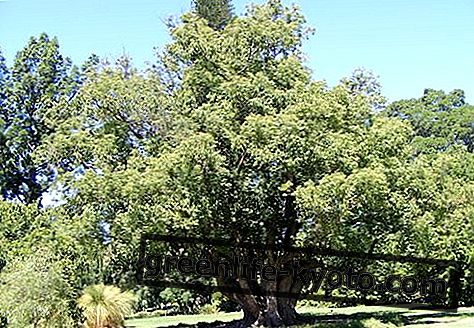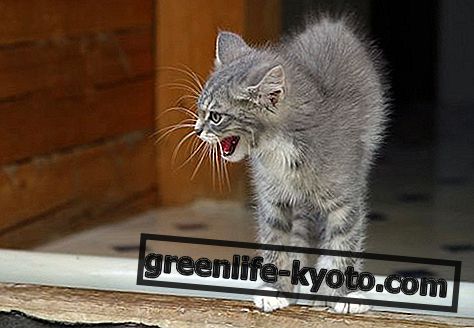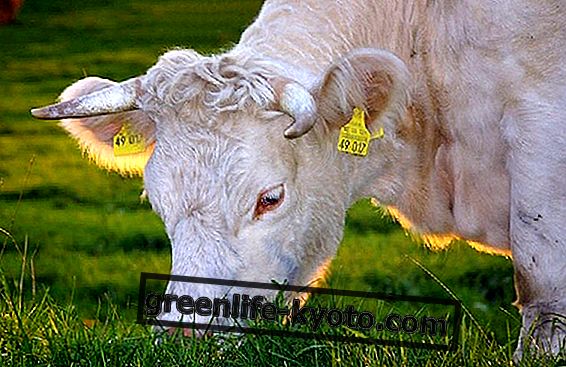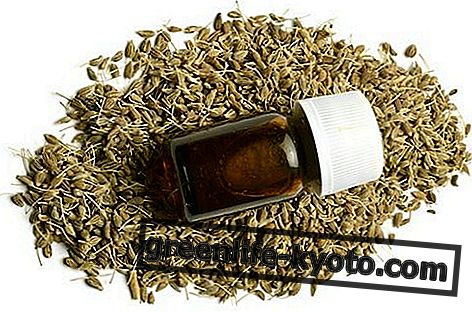In Olodanza® the aim of the activity is not the interpretation of the expression but the intensification of the experience, so that the value of being unfolds in the most convincing way. Through the stimulation to the flow of vital energy, Olodanza® also promotes the expression of emotions, improves interpersonal relationships and self-image, increases one's self-esteem, promotes mood changes, increases self-confidence and allows to loosen the sense of apathy, estrangement from life and loneliness.
Methodology The theoretical framework to which the conduct of dance therapy laboratories is inspired is represented by the general principles of the Olodanza® method , developed by Dr. Romano Sartori. The method is based on exercises in energy mobilization, breathing, sensitivity, gestures, use of the voice, interpersonal relationship, relaxation and meditation. Each laboratory is structured in four stages: an initial warm-up phase, a central moment of proposal of the dance stimulus, a moment of relaxation and a final phase of verbalization.
In the initial phase, the conductor welcomes the group and guides him to enter the session; listen to music and guide the participants to gentle movements to start activating the muscles and warm the body.
In the central moment, the conductor proposes one or more stimuli that serve to implement a specific expressive job: the choice of music takes place according to the situation and the motor possibilities of the group and the whole is accompanied by visual and imaginative suggestions guided by the conductor . The game, the meeting and the relationship between the participants are also stimulated.
In the moment of relaxation, the conductor proposes one or more exercises to induce the participants to relax and release any tensions.
In the final phase of verbalization, the conductor gives the opportunity to the participants who so wish to verbally express what they have experienced or perceived in terms of feelings and / or emotions during the session. This phase allows the subject to express his own experiences and to strengthen and consolidate the group.













